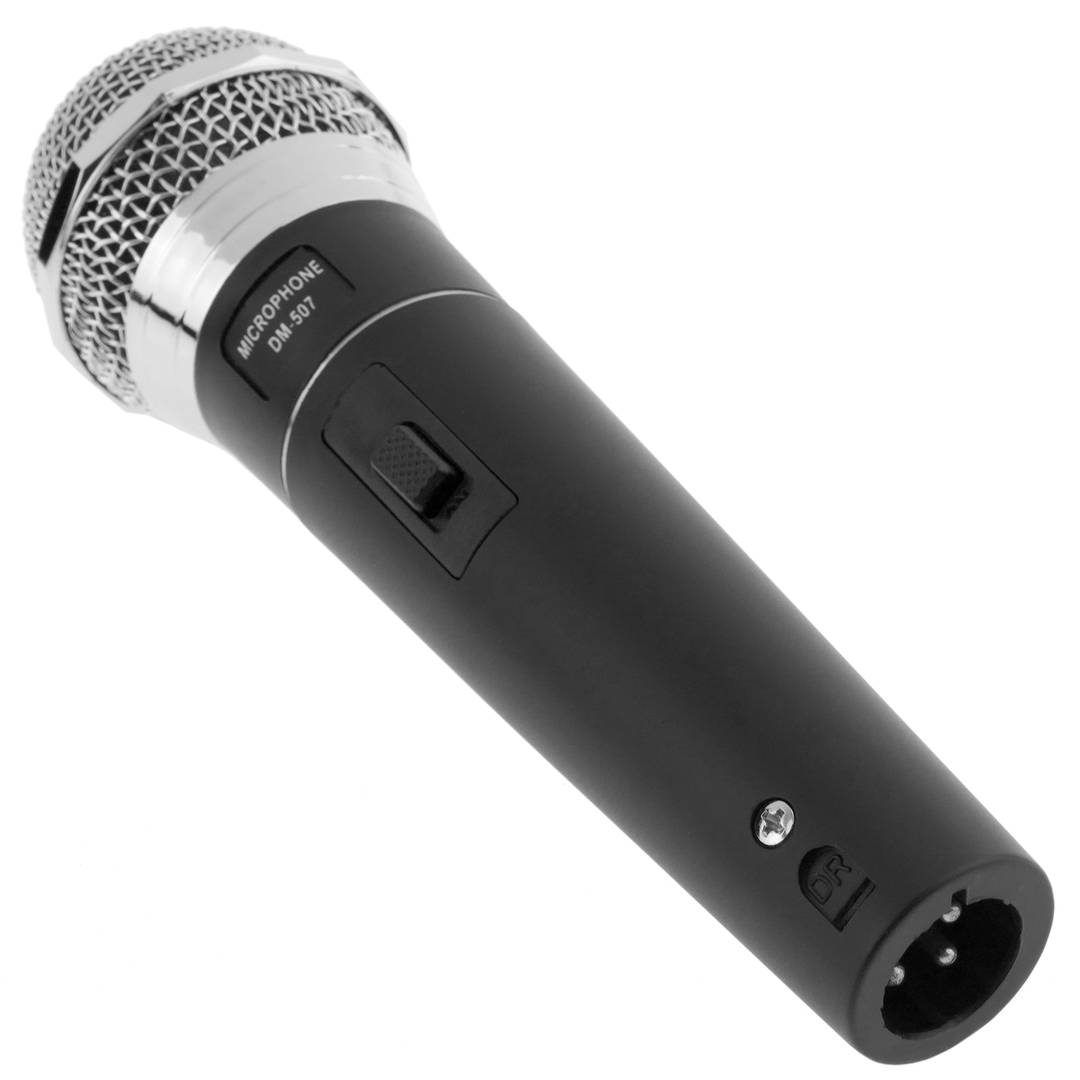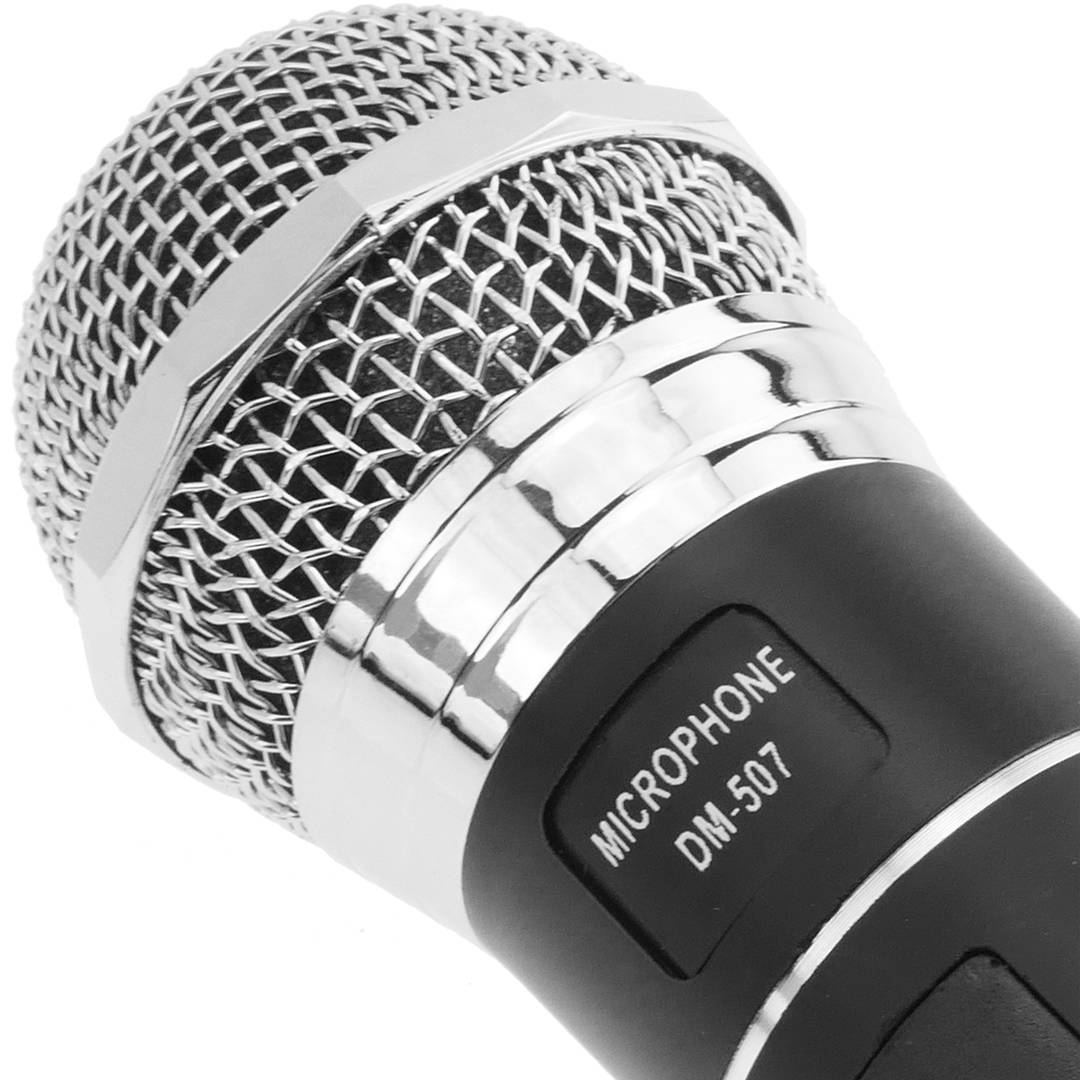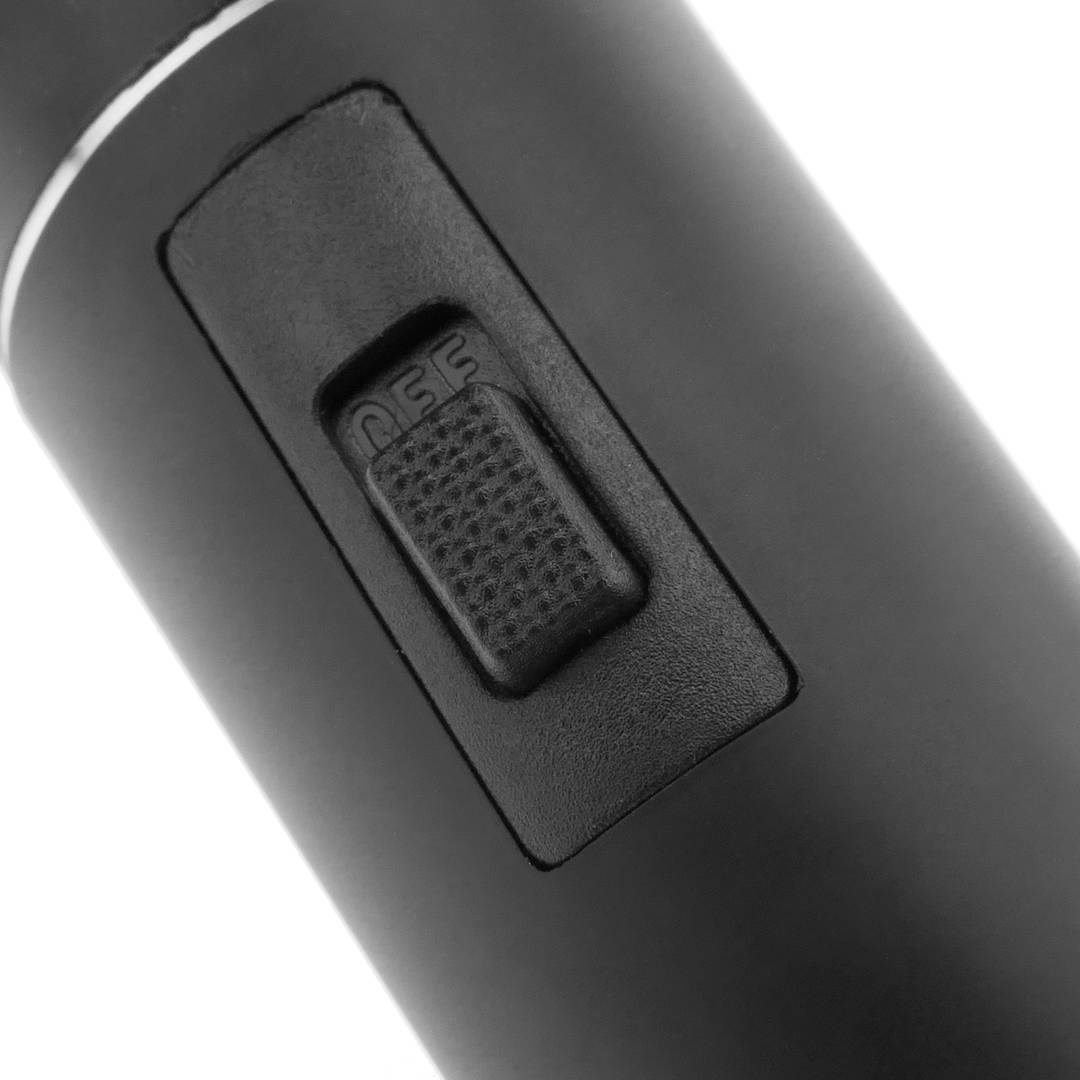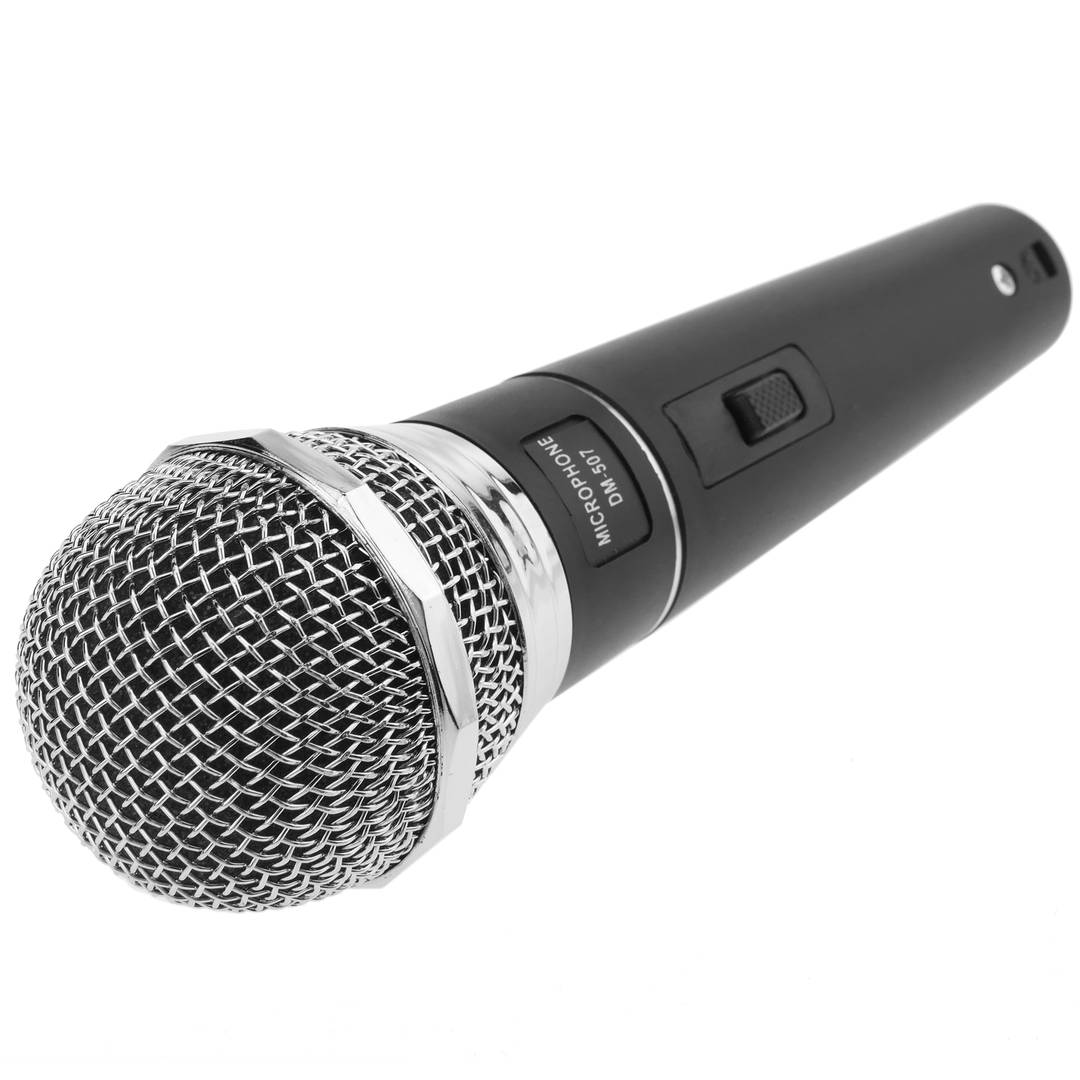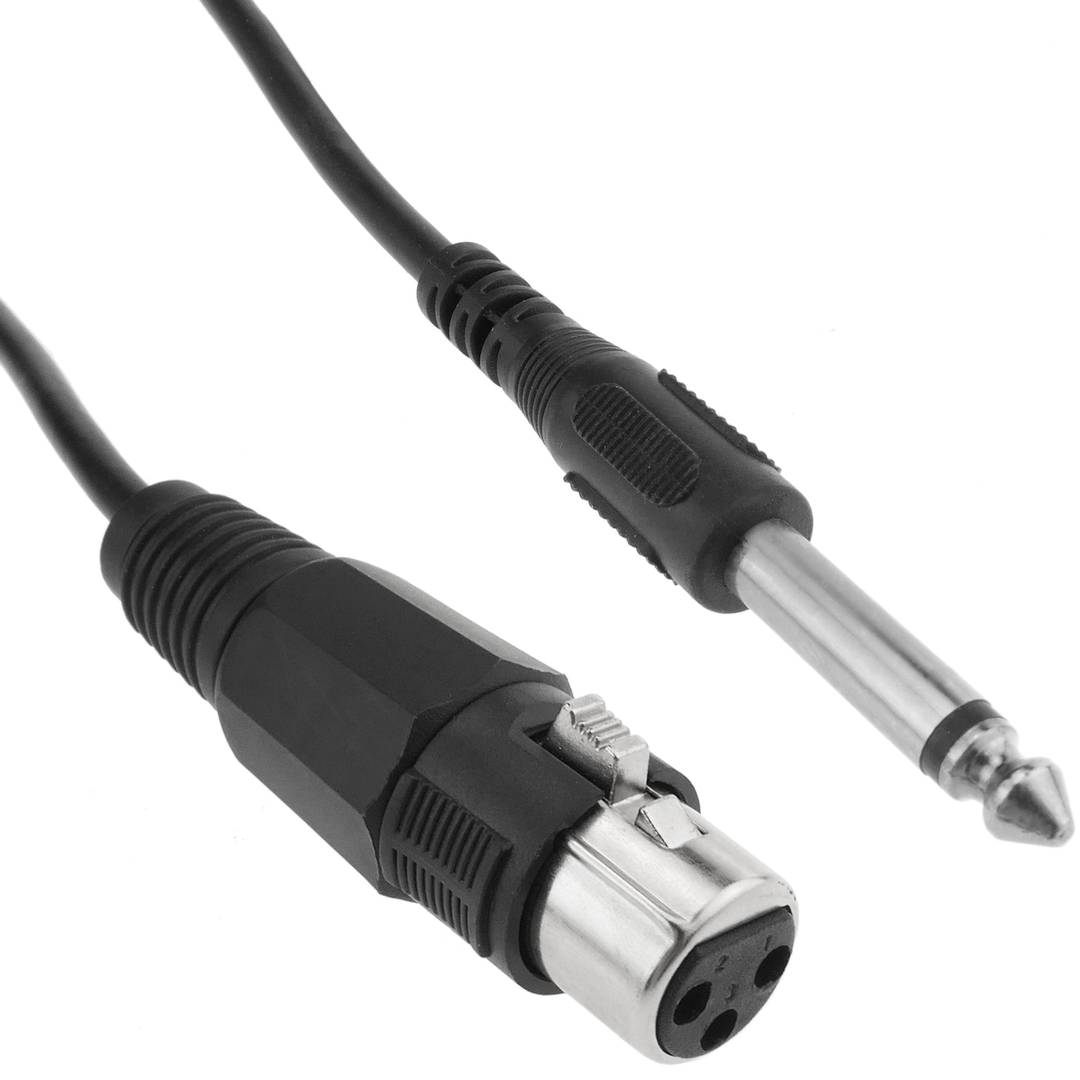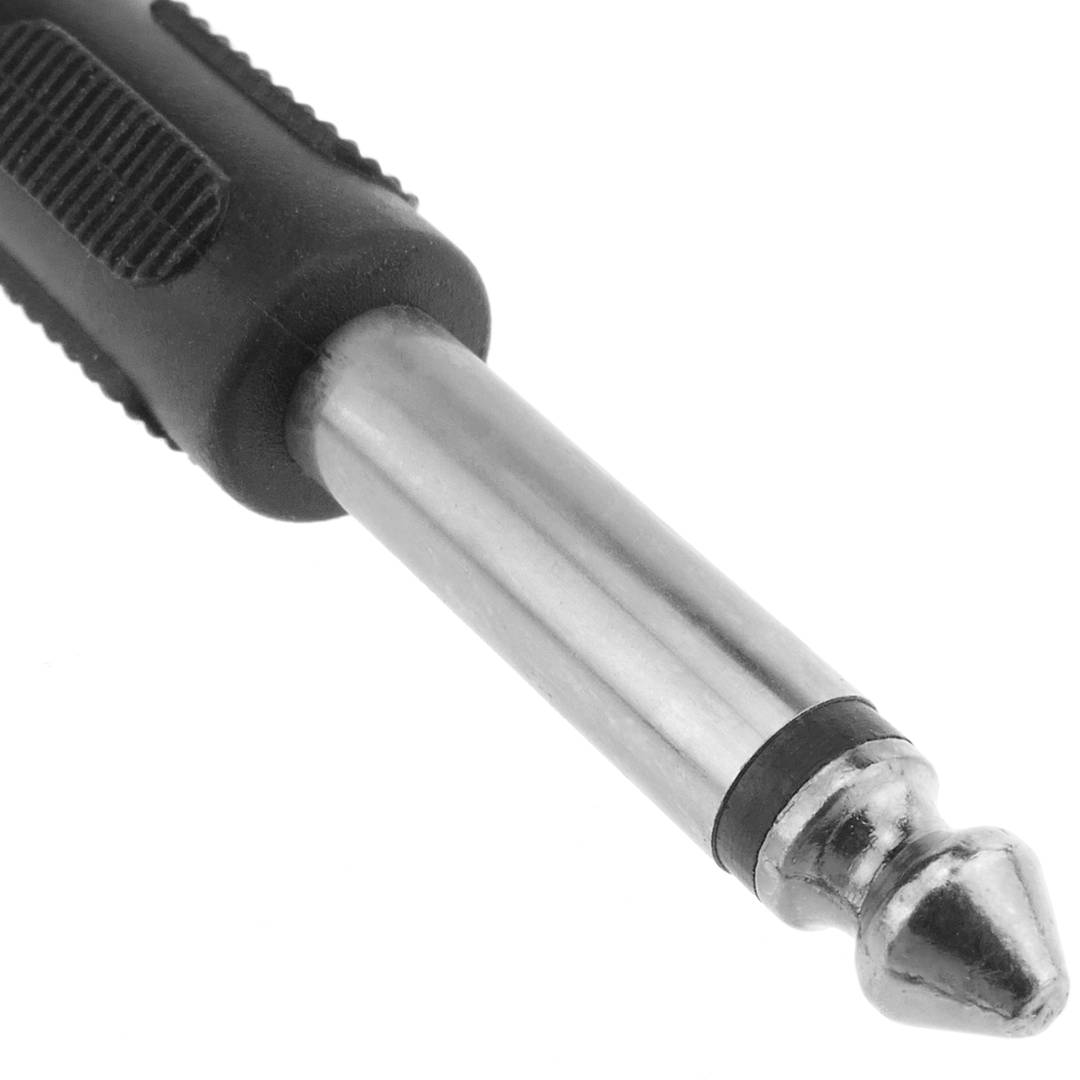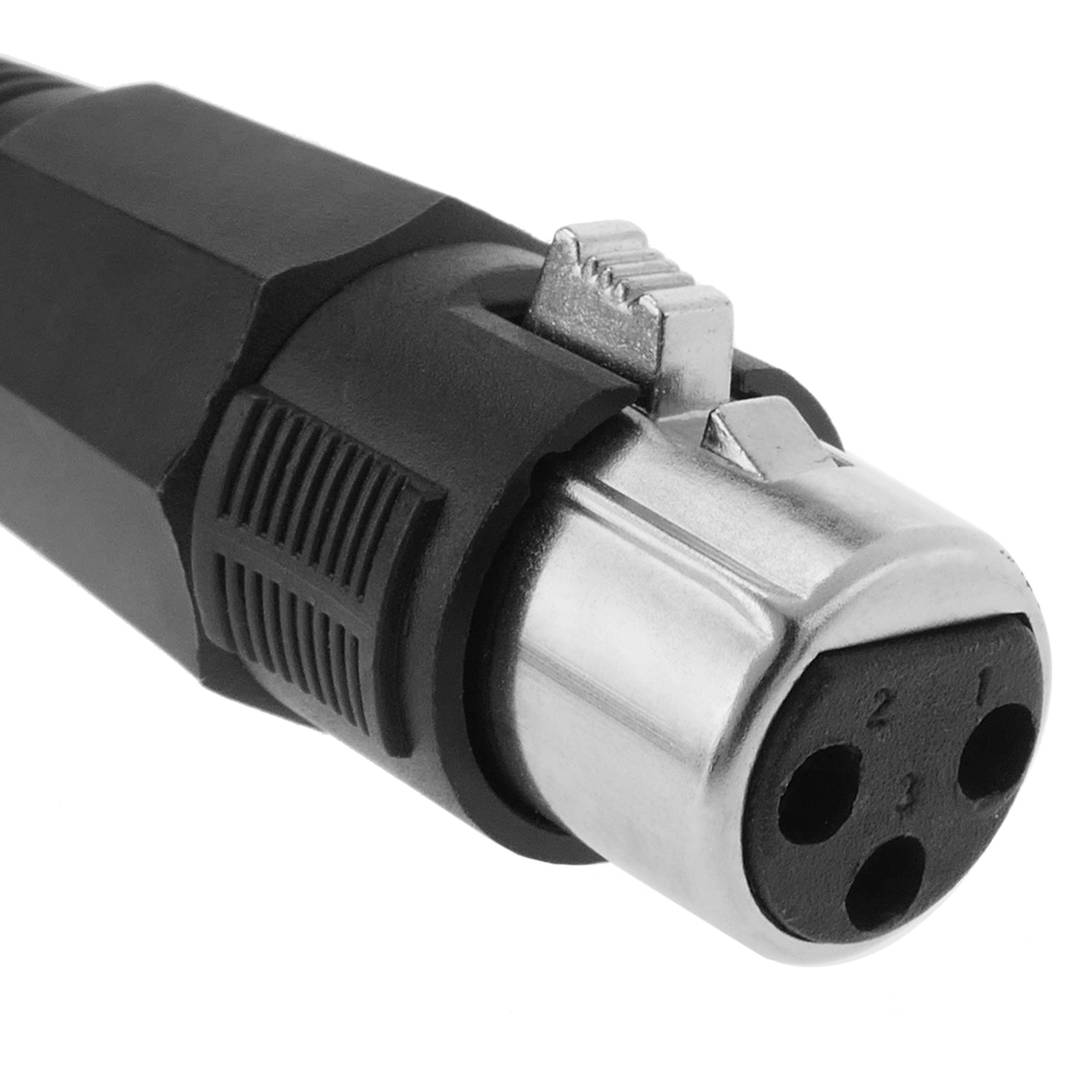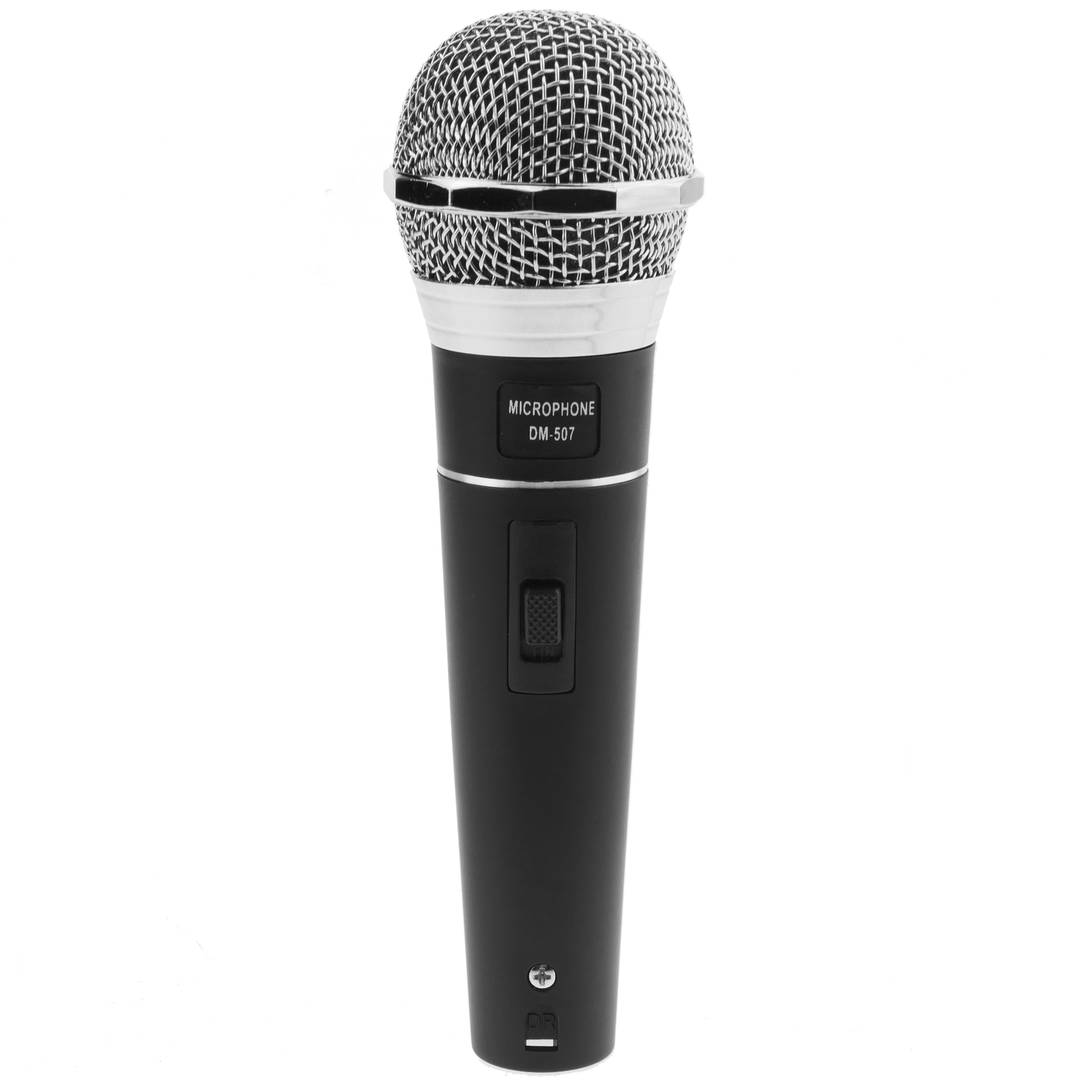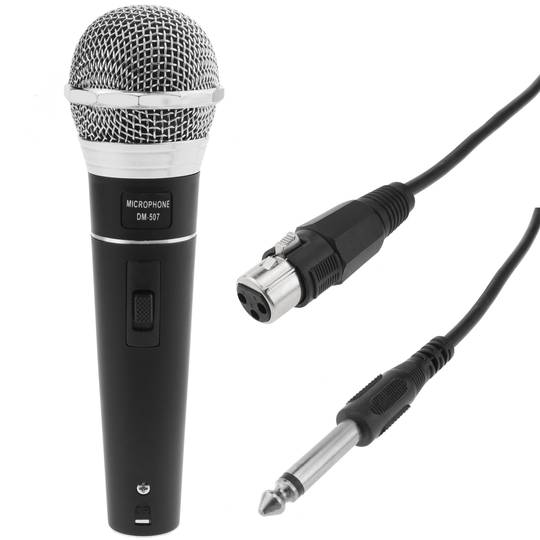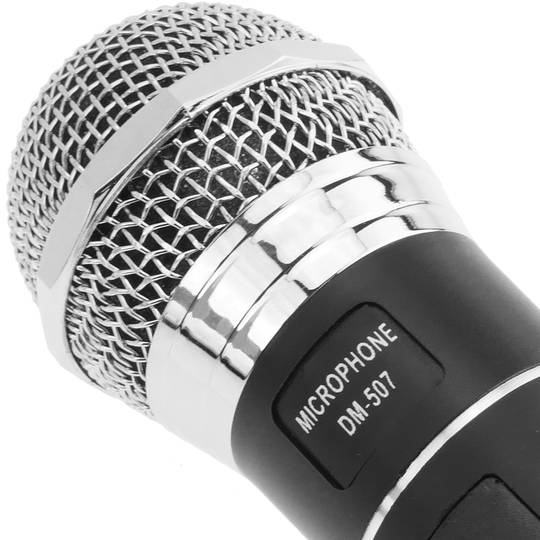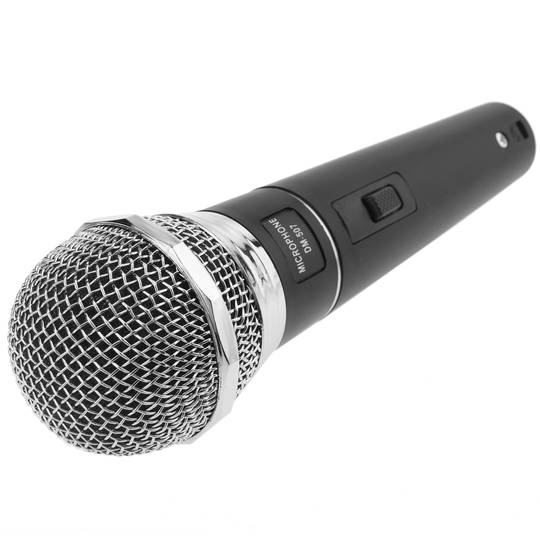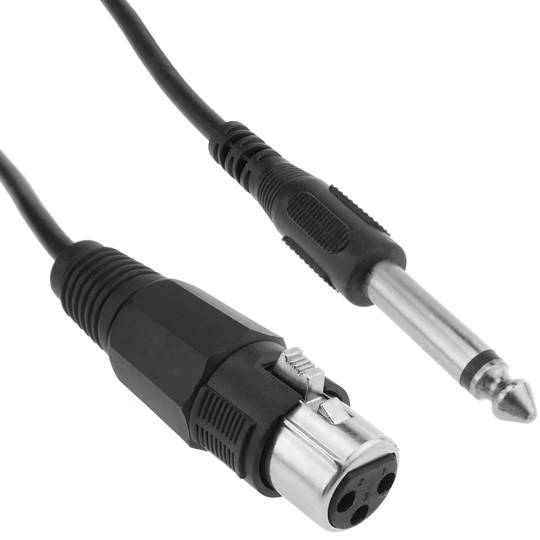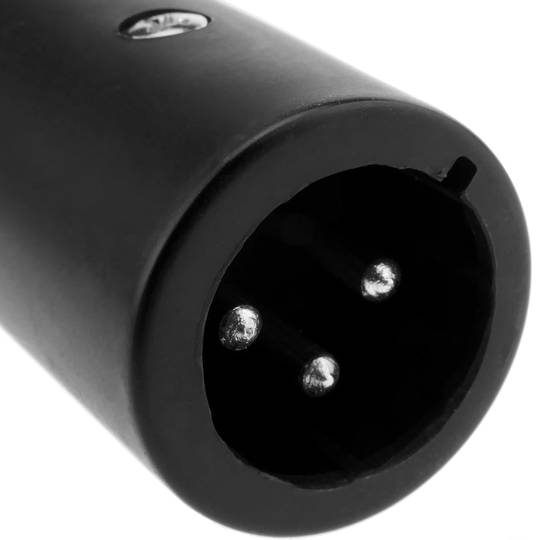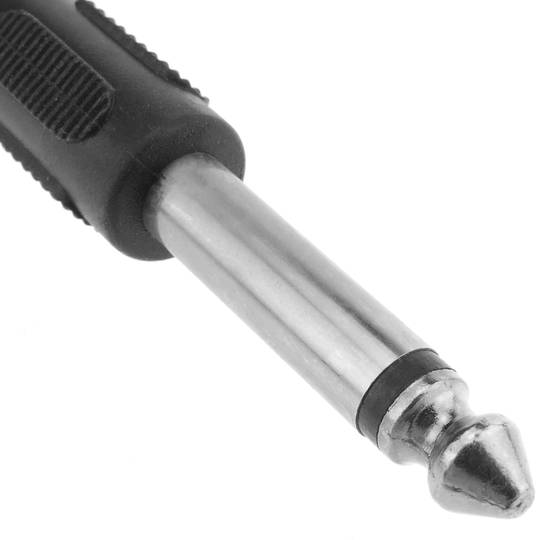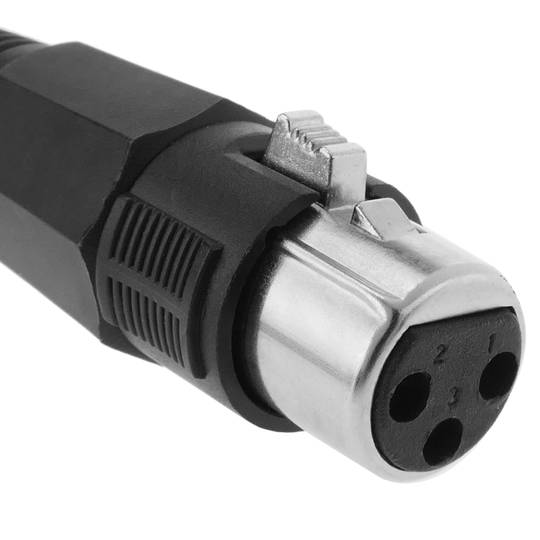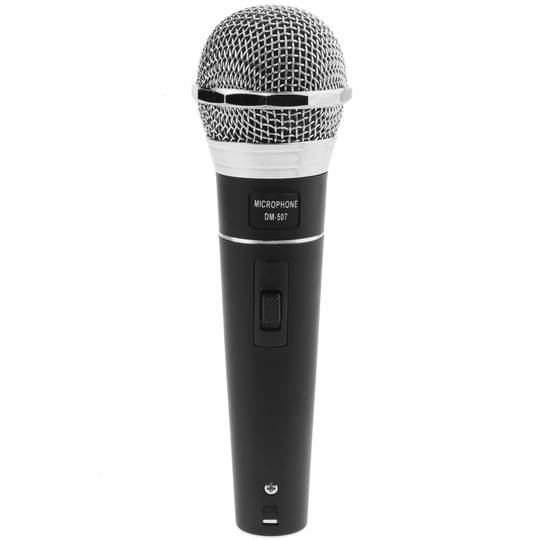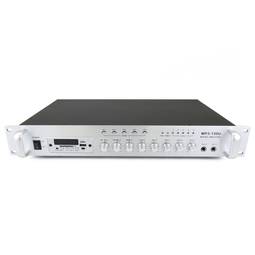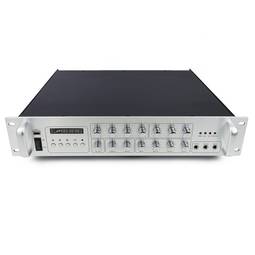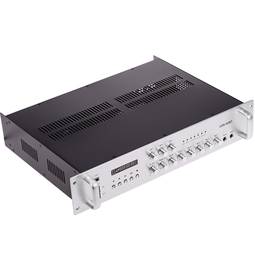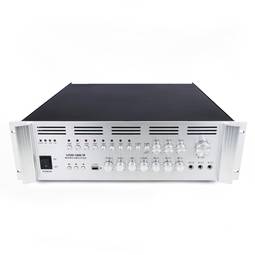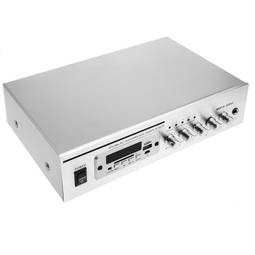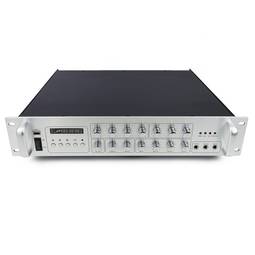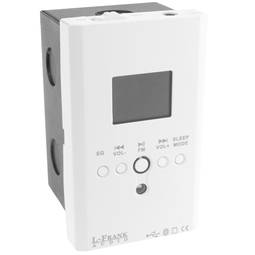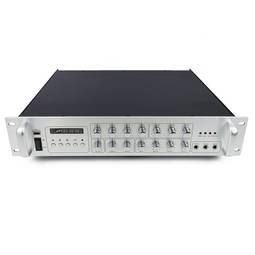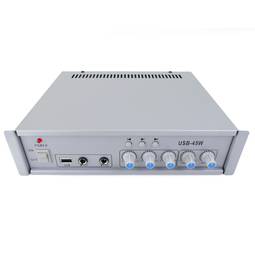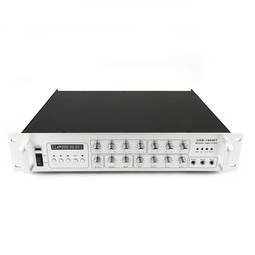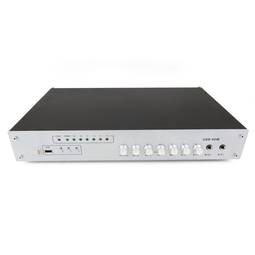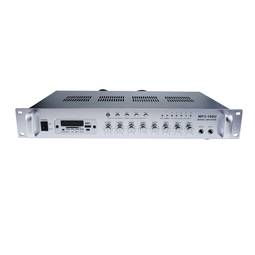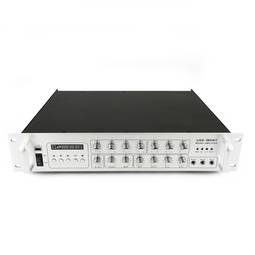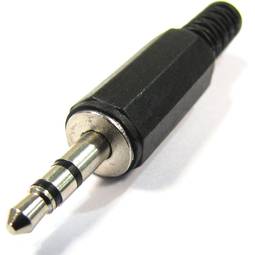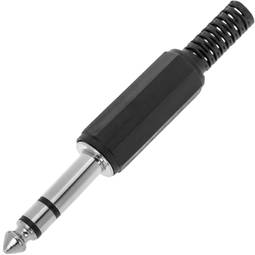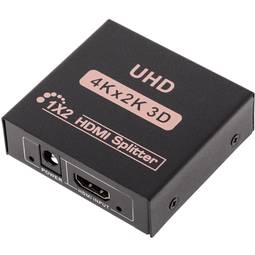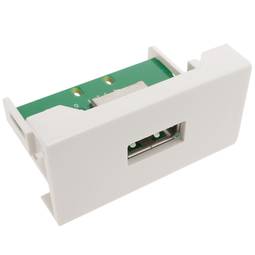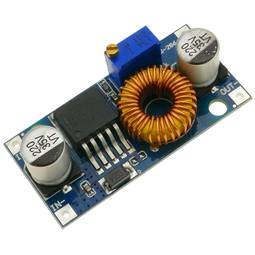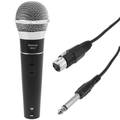04/14/2025 5:23 a.m.
https://cablematic.com/en/products/dynamic-microphone-for-karaoke-and-conferences-80-12500-hz-XW043/
https://cablematic.com/en/products/dynamic-microphone-for-karaoke-and-conferences-80-12500-hz-XW043/
Dynamic microphone for karaoke and conferences 80-12500 Hz
REF: XW043
Specifications
- Dynamic handheld microphone for use in karaoke, conferences, work meetings, parties, social events, weddings, communions and domestic recordings. Unidirectional
- Frequency response: 80 - 12500 Hz.
- Sensitivity: 54 dB.
- Impedance: 600 Ohms.
- Body and metal head. Includes XLR3 connection cable to 3-mm 6.3 mm jack.
PVP
€14.21
Price including VAT:
€14.21
PVD
€12.48
PVP: Retail price.
Check conditions.
PVP: Sale price to distributors.
Check conditions.
Buy before:
Receive it:
Friday 18
Delivery times are approximate. Cablematic is not responsible for delays.
warranty
returns
safe
Specifications
- Dynamic handheld microphone for use in karaoke, conferences, work meetings, parties, social events, weddings, communions and domestic recordings. Unidirectional
- Frequency response: 80 - 12500 Hz.
- Sensitivity: 54 dB.
- Impedance: 600 Ohms.
- Body and metal head. Includes XLR3 connection cable to 3-mm 6.3 mm jack.
More info
Hand-held microphone with a pleasant touch and good ergonomics. Dynamic type microphone, robust and reliable. Designed for use in karaoke, conferences, work meetings, parties, social events, weddings, communions and domestic recordings
Specifications
Specifications
- Dynamic handheld microphone for use in karaoke, conferences, work meetings, parties, social events, weddings, communions and domestic recordings. Unidirectional
- Frequency response: 80 - 12500 Hz.
- Sensitivity: 54 dB.
- Impedance: 600 Ohms.
- Body and metal head. Includes XLR3 connection cable to 3-mm 6.3 mm jack.
- Gross Weight: 423 g
- Product size (width x depth x height): 5.1 x 5.1 x 17.2 cm
- Number of packages: 1
- Packages size: 2.5 x 10.5 x 6.0 cm
Technical terms
- Impedance
- Hz
Impedance
The impedance (Z) is a measure of opposition that a circuit to a current when a voltage is applied. The impedance extends the concept of resistance circuits alternating current (AC), and has both magnitude and phase, unlike resistance, which has only magnitude. When a circuit is powered with direct current (DC), there is no distinction between the impedance and resistance; the latter can be thought csa impedance with zero phase angle.



